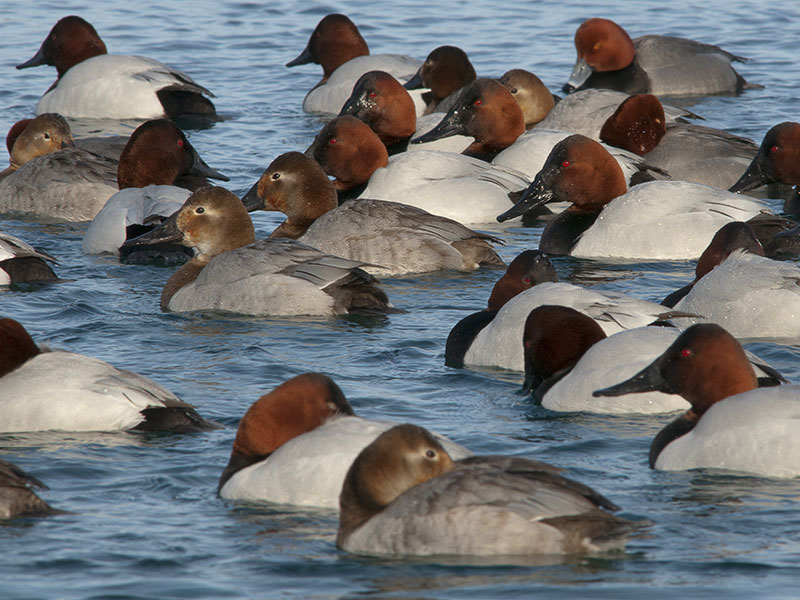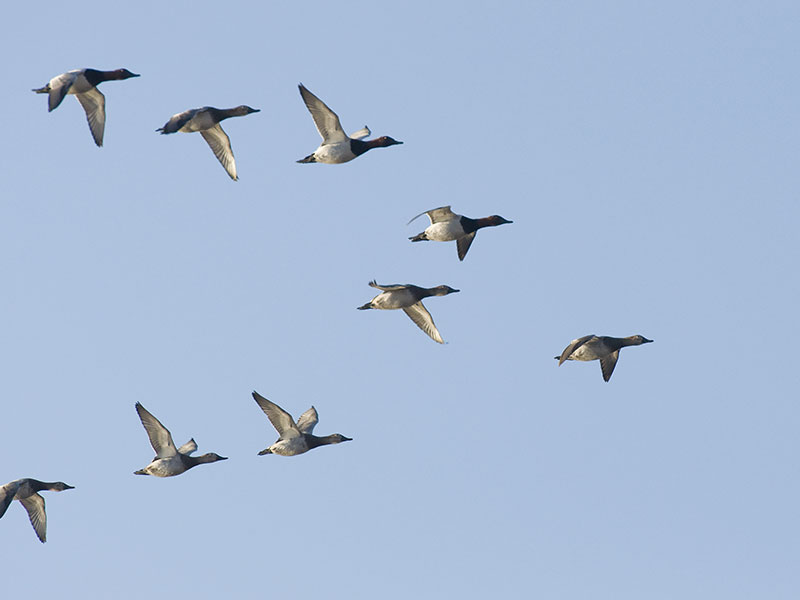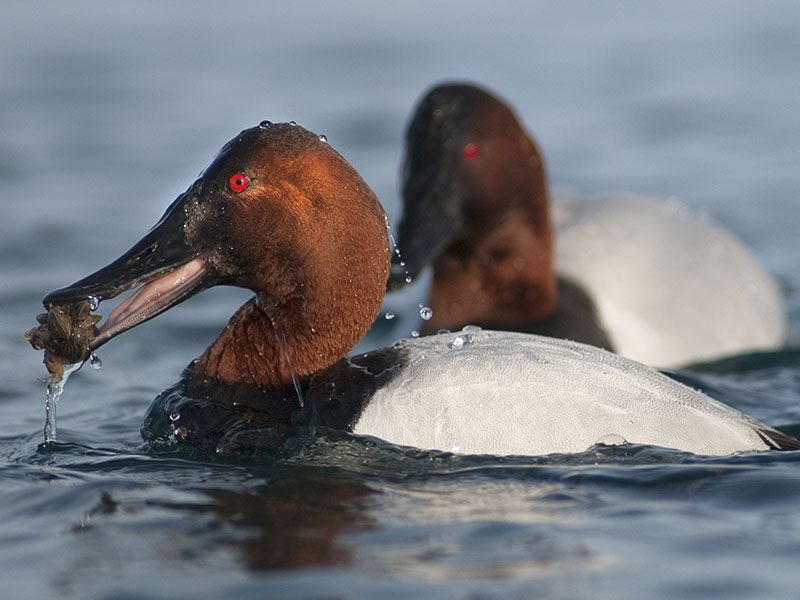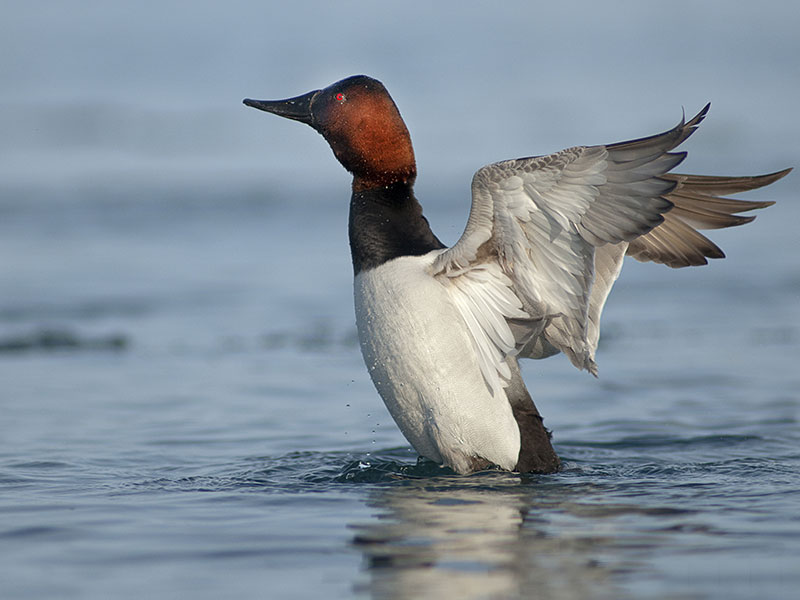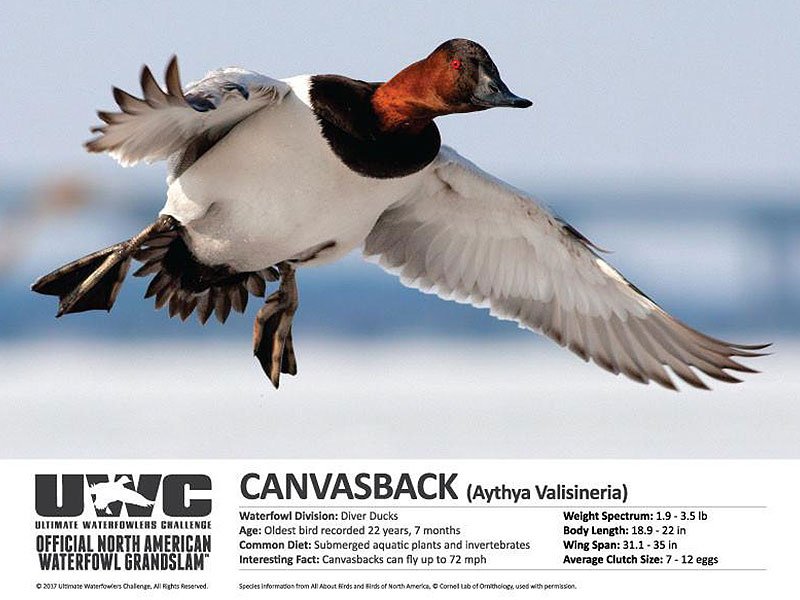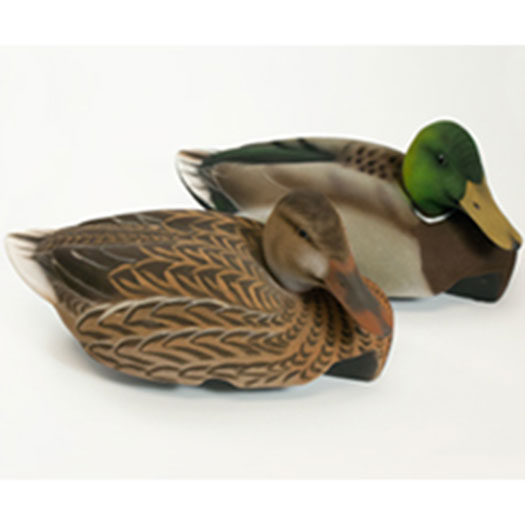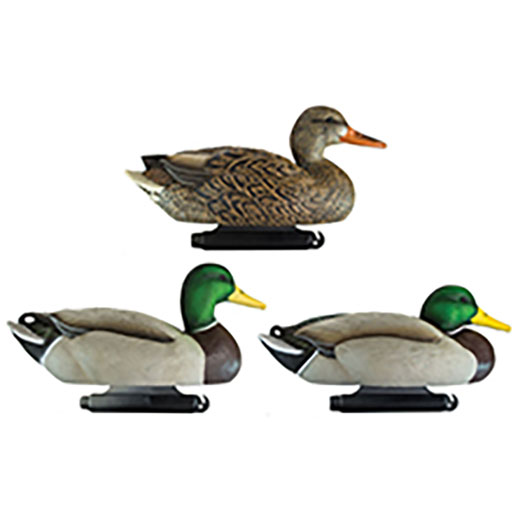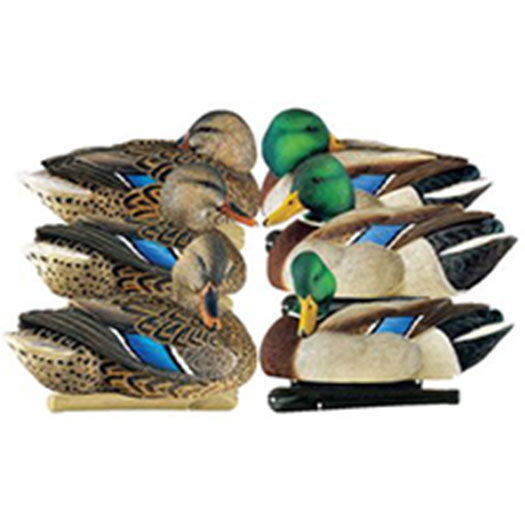Common Scoter Hunting
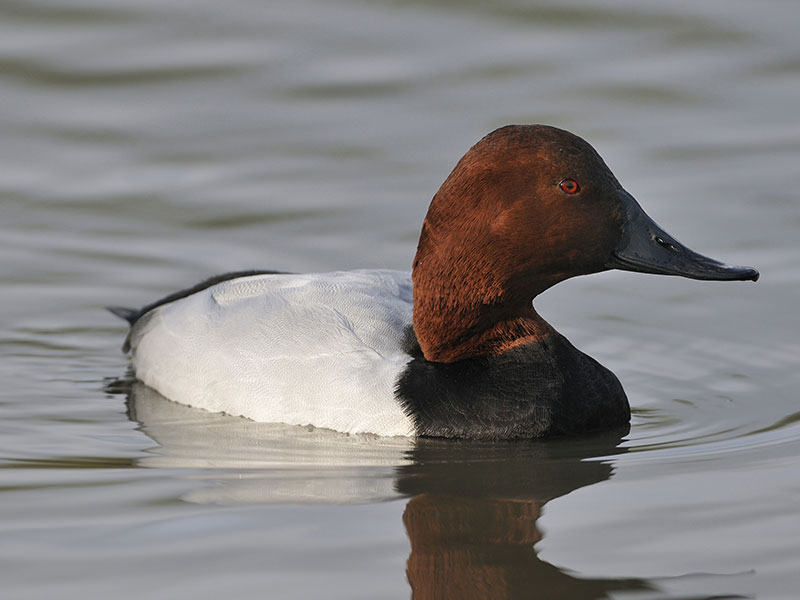
COMMON SCOTER
Melanitta Nigra
Lifespan: (Adult)
Higher Classification:
Wingspan: in (Adult)
Length: in (Adult)
Weight: M lbs, F lbs
RELATED NAMES
- Name #1
- Name #2
- Name #3
LOOKING TO BOOK A WORLD CLASS CANVASBACK HUNTING ADVENTURE?
DESTINATION #2:
NORTH DAKOTA DECOYING SWANS
Location: DEVILS LAKE, NORTH DAKOTA (WITH 2 SATELLITE CAMPS IN SOUTH CENTRAL ND)
Hunt Package: Click here for pricing
Featured Waterfowl Species: TUNDRA SWANS, DIVERS AND PUDDLERS
Possession Limits: 1 SWAN (BY PERMIT), 6 DUCKS, 8 CANADAS / POSS: 3 X’S DAILY
HUNTING TIPS & TACTICS
Better known as “The King” of all ducks, the Canvasback was once, and still is in many circles, at the top of the food chain for waterfowlers. Back in the days of the market hunter the Canvasback brought the highest dollar amount of all the ducks on the marsh.
Today, although still nicknamed “The King” of ducks, the Canvasback’s popularity has given way to the Mighty Greenhead or Mallard, as the premier species of ducks to hunt and eat for many waterfowlers. However don’t let that stigma fool you. The Can hasn’t changed and is still revered as one of the top ducks on the marsh, especially from the serious diver duck hunters across the country, and for good reason!
In hunting Canvasbacks, as with any diver duck species being set up in the proper location is key. Canvasbacks and Redheads are known to sit together in the same areas of the marsh, along with the Greater and Lesser Scaup. These birds like to feed in marshy areas and the 3 – 6 ft water depth range seems to be the marker for the specific vegetation that they like most including: wild celery, eelgrass and coontail. The also enjoy small crustaceans including fresh water shrimp.
When setting a spread of decoys in quest of the Mighty Can many hunters use a mix of Canvasback, Redhead and Bluebill decoys. It is important not to mix too many Canvasback decoys into the spread as most Canvasback decoys on the market today have a lot of white on the backs, which is good up to a point. However having a nice mix of several diver species together is a plus s not having too much white in the mix is important.
Hunting of Canvasbacks in many states has been regulated extensively and usually the daily bag limit is either one or two birds per hunter, depending on the state and brood hatch success of the prior spring. Most waterfowl hunters still consider this bird to be at the top of the bucket list and many hunters revere the Bull Can as a true trophy, for good reason!
UWC CANVASBACK WATERFOWL POSTER
$17.99
The UWC has put together a beautiful 16″ x 20″ UWC Waterfowl Poster that showcases the Canvasback (Aythya Valisineria) that inhabits the lands and waters of North America!
The species is listed with the common and scientific name for proper waterfowl identification along with a host of general facts about the bird.
RECOMMENDED DECOYS
UWC OFFICIAL SPECIES LIST

CANVASBACK
Aythya Valisineria
Lifespan: 10-12 years on average (Adult)
Higher Classification: Anatinae
Wingspan: 31.1-35 in (Adult)
Length: 18.9-22 in (Adult)
Avg Weight: M 2.7 lbs, F 2.5 lbs
RELATED NAMES
- The King
- Bull Can
LOOKING TO BOOK A WORLD CLASS CANVASBACK HUNTING ADVENTURE?
DESTINATION #2:
NORTH DAKOTA DECOYING SWANS
Location: DEVILS LAKE, NORTH DAKOTA (WITH 2 SATELLITE CAMPS IN SOUTH CENTRAL ND)
Hunt Package: Click here for pricing
Featured Waterfowl Species: TUNDRA SWANS, DIVERS AND PUDDLERS
Possession Limits: 1 SWAN (BY PERMIT), 6 DUCKS, 8 CANADAS / POSS: 3 X’S DAILY
HUNTING TIPS & TACTICS
Better known as “The King” of all ducks, the Canvasback was once, and still is in many circles, at the top of the food chain for waterfowlers. Back in the days of the market hunter the Canvasback brought the highest dollar amount of all the ducks on the marsh.
Today, although still nicknamed “The King” of ducks, the Canvasback’s popularity has given way to the Mighty Greenhead or Mallard, as the premier species of ducks to hunt and eat for many waterfowlers. However don’t let that stigma fool you. The Can hasn’t changed and is still revered as one of the top ducks on the marsh, especially from the serious diver duck hunters across the country, and for good reason!
In hunting Canvasbacks, as with any diver duck species being set up in the proper location is key. Canvasbacks and Redheads are known to sit together in the same areas of the marsh, along with the Greater and Lesser Scaup. These birds like to feed in marshy areas and the 3 – 6 ft water depth range seems to be the marker for the specific vegetation that they like most including: wild celery, eelgrass and coontail. The also enjoy small crustaceans including fresh water shrimp.
When setting a spread of decoys in quest of the Mighty Can many hunters use a mix of Canvasback, Redhead and Bluebill decoys. It is important not to mix too many Canvasback decoys into the spread as most Canvasback decoys on the market today have a lot of white on the backs, which is good up to a point. However having a nice mix of several diver species together is a plus s not having too much white in the mix is important.
Hunting of Canvasbacks in many states has been regulated extensively and usually the daily bag limit is either one or two birds per hunter, depending on the state and brood hatch success of the prior spring. Most waterfowl hunters still consider this bird to be at the top of the bucket list and many hunters revere the Bull Can as a true trophy, for good reason!
UWC CANVASBACK WATERFOWL POSTER
$17.99
The UWC has put together a beautiful 16″ x 20″ UWC Waterfowl Poster that showcases the Canvasback (Aythya Valisineria) that inhabits the lands and waters of North America!
The species is listed with the common and scientific name for proper waterfowl identification along with a host of general facts about the bird.


